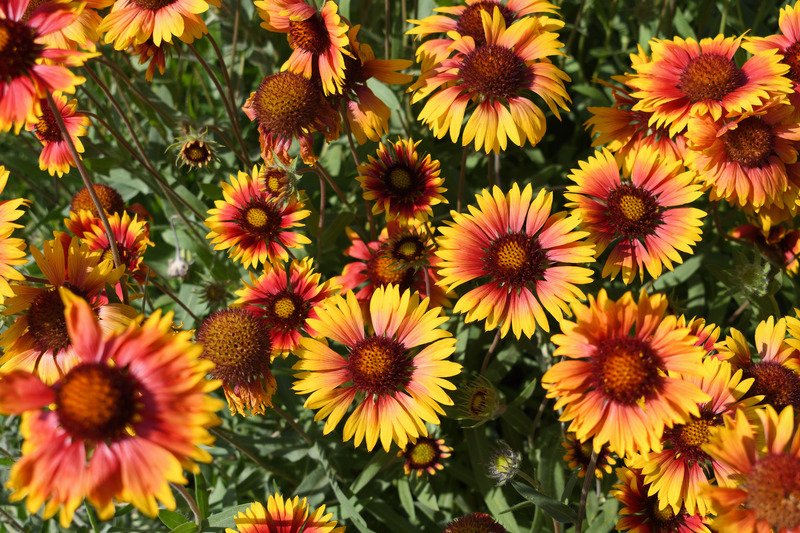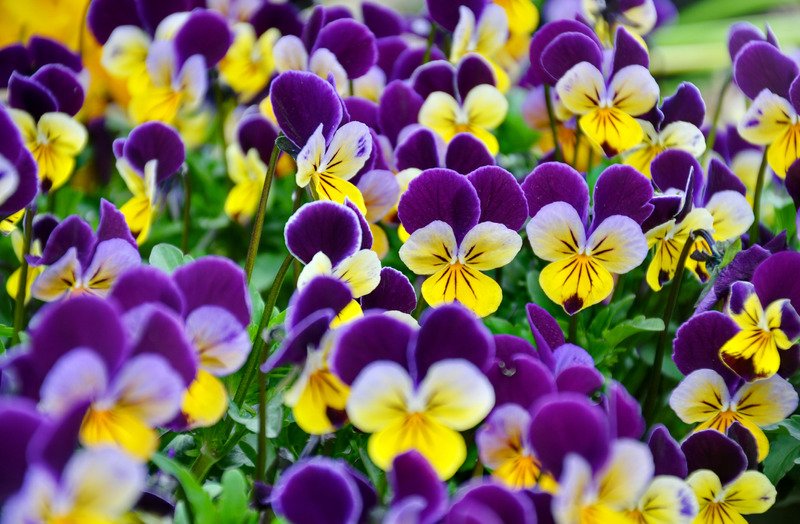Preparing Your Garden for Fall: Essential Tasks for a Stunning Autumn Landscape
As the days grow shorter and the air turns crisper, it's time to shift our focus from summer blooms to the captivating colours of fall foliage. Preparing your garden for autumn is about embracing the changing seasons but also about ensuring your garden remains a breath-taking oasis throughout the fall months. There are some essential tasks you should consider, including pruning, mulching, and planting fall flowers. Let's dive into these tasks and prepare your garden for a stunning autumn landscape.
1. Pruning and Trimming
Before the fall foliage steals the show, giving your garden a little haircut is crucial. Pruning and trimming help maintain the overall health and aesthetics of your plants. Here's what you should focus on:
a. Deadheading: Remove spent blooms from your summer flowers. This not only tidies up your garden but also encourages new growth. Be sure to deadhead perennials, like roses and marigolds, to keep them blooming until frost.
b. Cut back overgrown branches: Trim any overgrown branches and shape your shrubs and trees as needed. This enhances their appearance and ensures they grow correctly during the next growing season.
c. Prune diseased or damaged branches: Identify and remove any branches or leaves showing signs of disease or damage. This prevents the spread of disease and promotes a healthier garden.
2. Mulching
Mulching is like tucking your garden in for a cozy fall nap. It offers numerous benefits, such as retaining moisture, regulating soil temperature, and suppressing weeds. When mulching for autumn, here's what you should keep in mind:
a. Choose the right mulch: Opt for organic mulch, such as shredded leaves, straw, or compost. These materials enrich the soil as they break down.
b. Apply a layer of mulch: Spread a 2-4 inch layer around the base of your plants. Leave a gap around tree trunks and plant stems to prevent rot.
c. Re-mulch as needed: Mulch can break down over time, so be prepared to replenish it if it becomes too thin.
3. Planting Fall Flowers
The authentic charm of autumn lies in its vibrant colors. To keep your garden stunning, consider adding some fall-flowering plants to the mix:
a. Chrysanthemums (Mums): These classic autumn flowers come in various colors, from deep reds to sunny yellows. They are hardy and can thrive in cool fall weather.
b. Asters: Asters produce daisy-like blooms in pink, purple, and blue shades. They are a favorite among pollinators.
c. Helenium: Known as "sneezeweed" due to its historical use. Helenium adds warm, earthy tones to your garden with its rust-colored petals.
d. Ornamental Kale and Cabbage: These cool-weather plants boast stunning foliage that adds texture and color to your garden beds.
e. Pansies and Violas: These cheerful, cool-season annuals come in various colors and can endure light frost.
f. Fall-Blooming Crocuses: These delicate flowers peek through the soil in early fall, offering a lovely surprise.
g. Sedum: Its succulent leaves and late-season blooms provide a unique texture and color to your autumn garden.
By planting these fall flowers, you'll ensure your garden remains a visual delight well into the cooler months.
In Conclusion
Preparing your garden for fall is all about embracing change while ensuring that your outdoor space continues to bring joy and beauty. Pruning, mulching, and planting fall flowers are essential tasks that will help you achieve a stunning autumn landscape. So, grab your gardening tools, roll up your sleeves, and get ready to savor the magic of fall in your garden. You will reap the rewards of a garden that stuns and offers solace in the crisp autumn air. Happy gardening!




